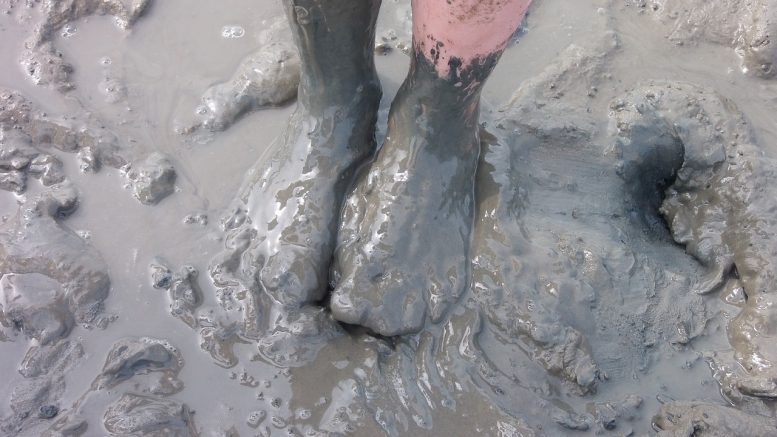Since its invention, waterproofing has remained one of the most enduring and essential protection techniques during construction. Its role in safeguarding building structures from water-related problems is significant, and its reliability over the years is a testament to its enduring importance. Let us delve into the history of waterproofing and its journey, describing how the old-school waterproofing techniques of ancient civilisations have significantly transformed and modernised over all these years. We will also look into how its natural materials have evolved its uses.
The early waterproofing practices can be traced back to the ingenious ancient civilisations of Mesopotamian, Egyptian and Chinese ethnicities. Their pioneering spirit led them to experiment with natural materials and test their waterproofing characteristics. Muds and straws, in their hands, became powerful tools for waterproofing jobs and as natural sealants. As trades and businesses expanded, many immense building structures began to grow, and so did the demand for waterproofing, which laid the foundation of this cutting-edge technique.
As demand grew, humans became more fascinated by the materials, and their curiosity led to the discovery of newer materials that were relatively stronger and more durable. This phenomenon occurred because the Romans invented the practice of mixing volcanic ash and pozzolana to cook the elements of sealants and waterproof concrete. The invention helped Romans build top-notch bathrooms, aqueducts, and buildings resistant to water-related problems.
Monsoon season is unforgiving in the city of Pune, and there is a critical need for waterproofing services in Pune. Building professionals in this area have long since adapted and improved waterproofing techniques to the region’s unique climate, guaranteeing that contemporary constructions can resist the difficulties presented by prolonged rain and elevated humidity.
The Industrial Revolution: A Game Changer for Waterproofing
Construction technology saw a dramatic shift in the 18th century with the start of the Industrial Revolution. This period introduced new materials such as rubber, tar, and asphalt, revolutionising waterproofing. These materials, known for their durability and adaptability, played a crucial role in meeting the demands of expanding metropolitan areas. They provided a more robust and long-lasting waterproofing solution, particularly for the more imposing and intricate structures that were becoming common in urban areas.
As cities like Mumbai overgrew during the colonial era, so did the need for trustworthy waterproofing solutions. The combination of high humidity and salty air that characterised the coastal climate brought unique difficulties. As a result, engineers and builders, driven by the need for more sophisticated materials to survive the city’s severe weather, started experimenting with coal tar and rubber-based sealants. Their innovative spirit and dedication to their craft played a significant role in the evolution of waterproofing.
Today, waterproofing Mumbai structures is a complex process, utilising the latest membrane technologies to safeguard everything from residential homes to skyscrapers. These modern systems are designed to handle extreme weather variations, offering superior resistance to water penetration, UV radiation, and temperature fluctuations. Membrane technology has been the industry standard for waterproofing in recent decades. These synthetic membranes, which provide a seamless barrier against water and are composed of materials like PVC, TPO, and EPDM, provide unmatched protection. Membranes offer a continuous, flexible solution that can adjust to the movement and settling of structures over time, in contrast to previous solutions, which frequently rely on layers of sealants or coatings.
In places like Pune and Mumbai, where buildings are constantly exposed to rain, groundwater, and contaminants from the environment, the use of membranes has revolutionised waterproofing. Modern waterproofing technologies ensure durability and structural integrity of the structure and go beyond merely providing a protective covering.
Waterproofing has gone a long way from the crude application of mud and bitumen in antiquity to the advanced membrane technologies of today. The techniques and supplies used to keep our homes and towns safe and dry will change as the building continues. Waterproofing is still as important as ever, whether you’re searching for waterproofing services in Pune to shield your house from the monsoon or investigating the newest technology for waterproofing Mumbai’s coastal buildings. Waterproofing has an unwritten story of innovation that always continues, evolving to meet the demands of new generations while never losing sight of its eternal goal: keeping water out.



Be the first to comment on "From Mud to Membranes: The Untold Story of Waterproofing and Its Technological Progress"